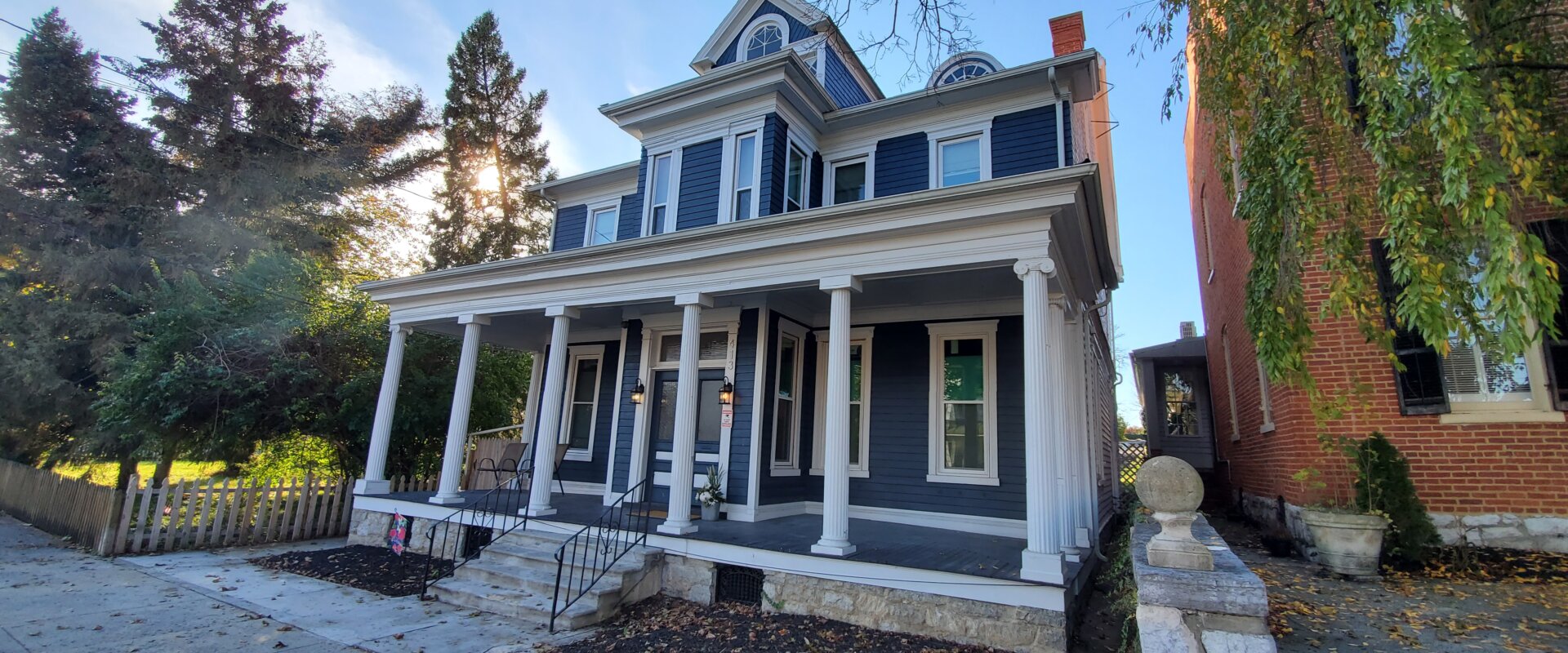Purchasing a fixer-upper property is an excellent way to generate quick profits on a Martinsburg real estate investment. Before you buy, make sure you understand the true cost of a fixer-upper property in Martinsburg. In our latest post, we explore the expenses so you will know exactly what to prepare for.
Fixer-upper properties are a huge draw for both novice and seasoned investors. They can be an excellent way to achieve high ROI or find a home you can customize and renovate in any way you see fit. While investors all over the country flock to these kinds of properties, it is important to have a grasp on the true costs you are likely to face. Below, we discuss these costs and how to plan ahead so you don’t find yourself in over your head.
Costs To Consider
Permit Costs
On average, homeowners spend over $1,000 on building permits. The costs vary depending on the project, but you can expect to pay a few hundred to a few thousand dollars depending on your location and the scope of the work being done.
Financing Costs
Fixer upper properties can be purchased using an FHA 203(k) rehabilitation loan or a Fannie Mae Homestyle Renovation mortgage. These loans come with a reserve that is put into escrow in order to fund renovations. While these loans are great for bigger projects, they might be ideal when only small repairs are needed. You will face loan origination costs, a downpayment of around 5% down, as well as any other administrative costs.
Repair Costs
Obviously, the repair costs will need to be factored in before you buy. Kitchen renovations can be upwards of $20,000 but can vary widely depending on appliances, cabinetry, types of materials and more. Flooring can run about $5,000 depending on the type of flooring used and how much area you need to cover. A new bathroom remodel will run you at least $5,000 and any structural problems can end up costing tens of thousands of dollars. If repairs are in excess, you may want to work with the seller to fix a few things beforehand or give you a credit toward repairs.
Planning Ahead,
How Much Should You Pay?
In the most simple terms, you should calculate the value of the home if it didn’t require any work, then deduct the cost of repairs. To calculate the potential value of the property in question, take a look at what other properties in the area have recently sold for. While these properties won’t likely be fixer-uppers, it will give you a good idea of your property’s potential. Once you have created a CMA for your property, you’ll need to evaluate your repair costs.
Estimates Before A Purchase
Tour the property with your contractor to get estimates on the required repairs.This will help to ensure the property you wish to buy will be profitable for you in the long-run. A contractor will be able to see things you may not, ultimately saving you thousands of dollars down the road.
Padding Your Budget
Once you determine what you can pay and what the required repairs are going to cost, you’ll want to pad your budget a bit to prepare for any surprises you may face. A good rule of thumb is to set aside at least 15-20% for unexpected costs. These costs can be for things such as extra repairs you weren’t aware of, more labor needed than previously thought, or extra permit or administrative costs that were not planned for. Almost every project goes over budget, but when you plan ahead, you won’t have to.

